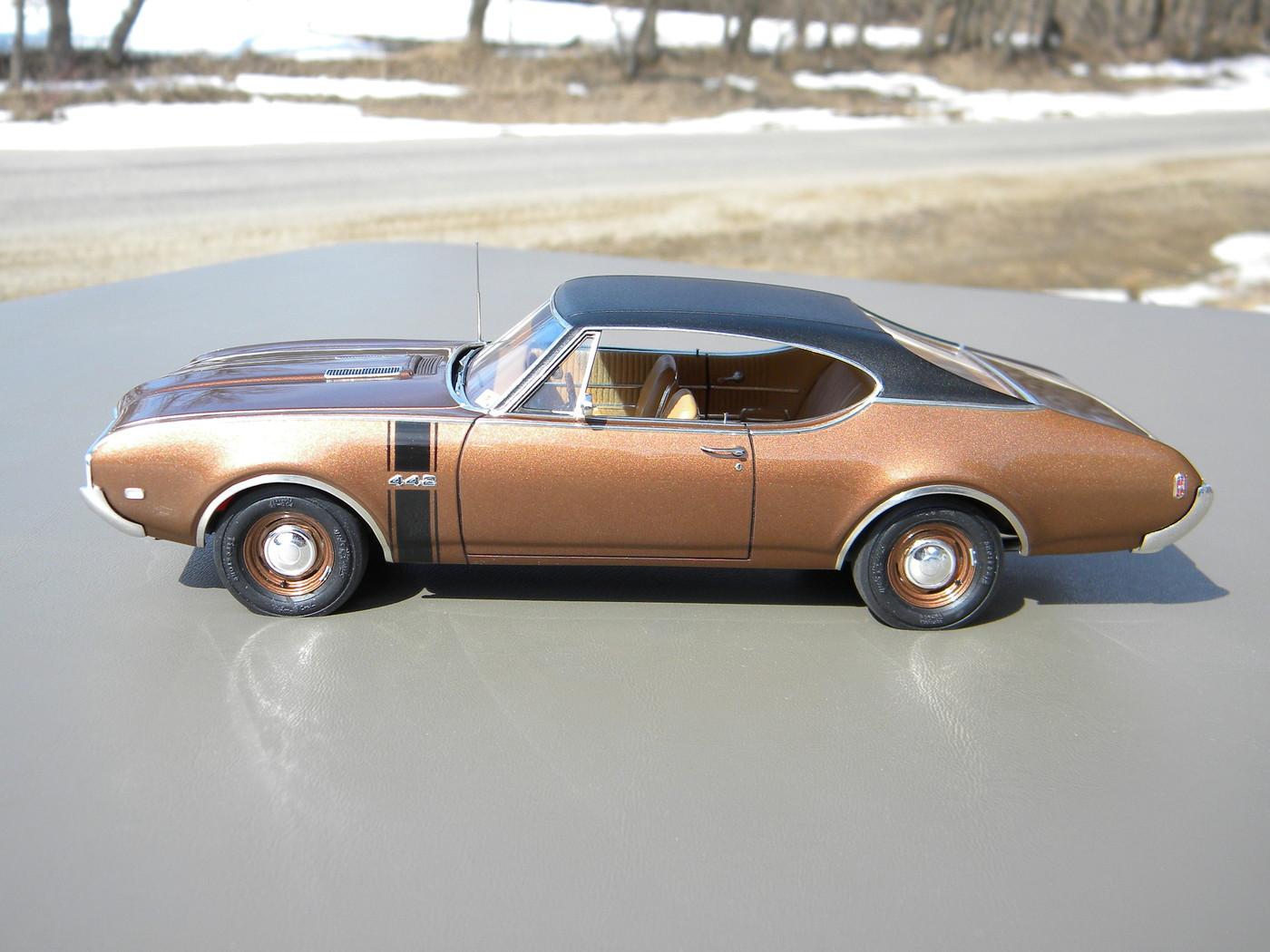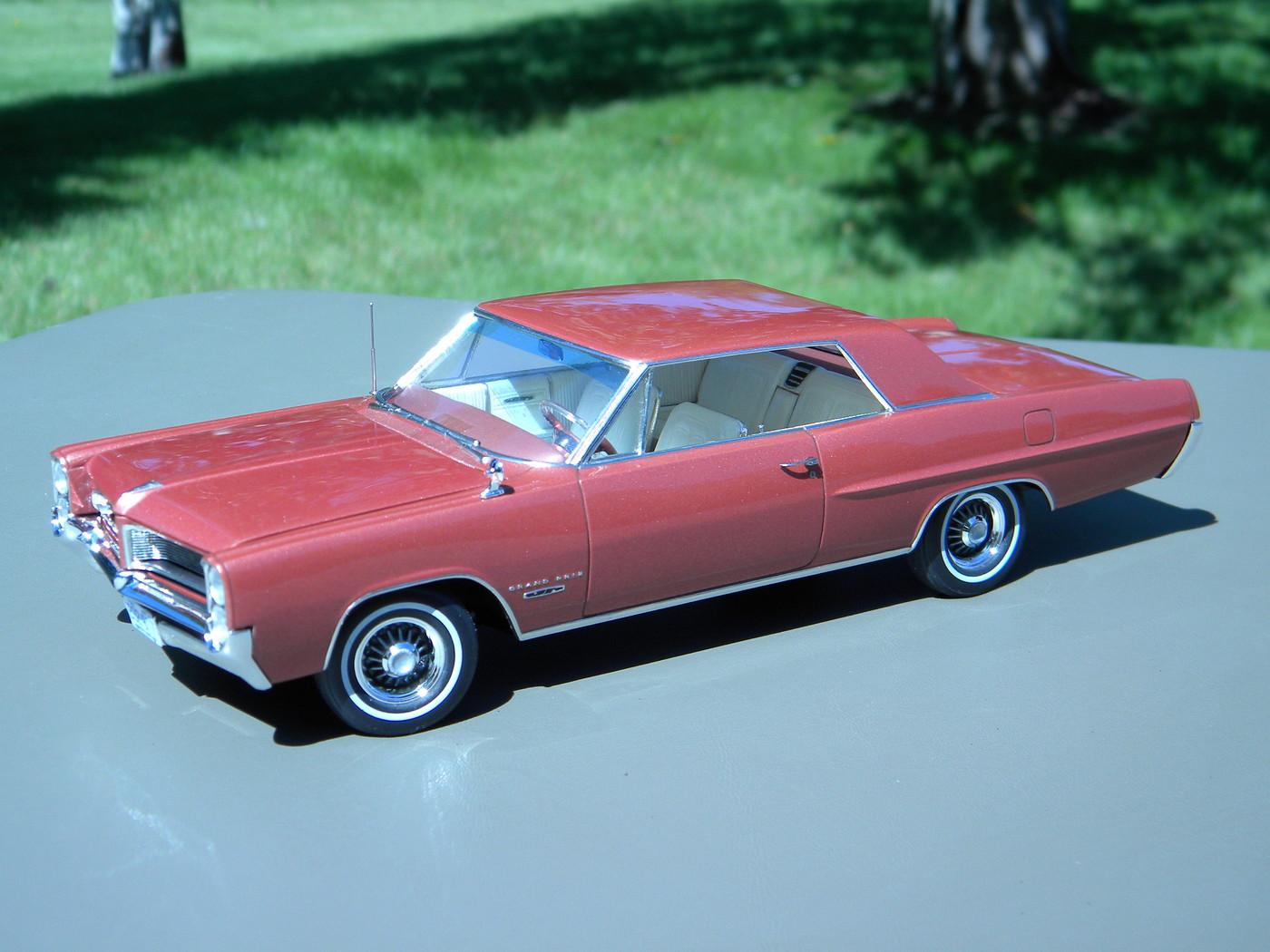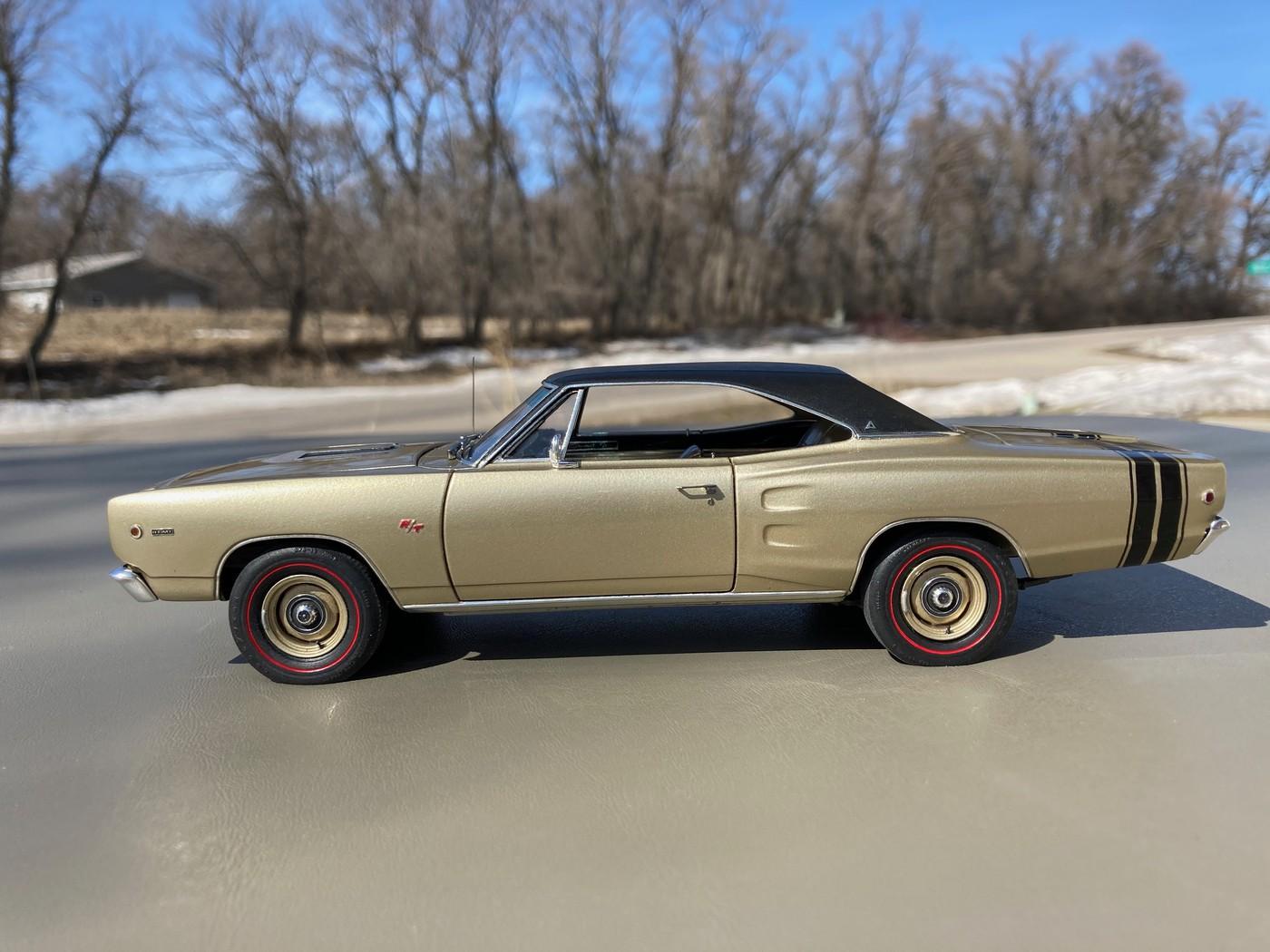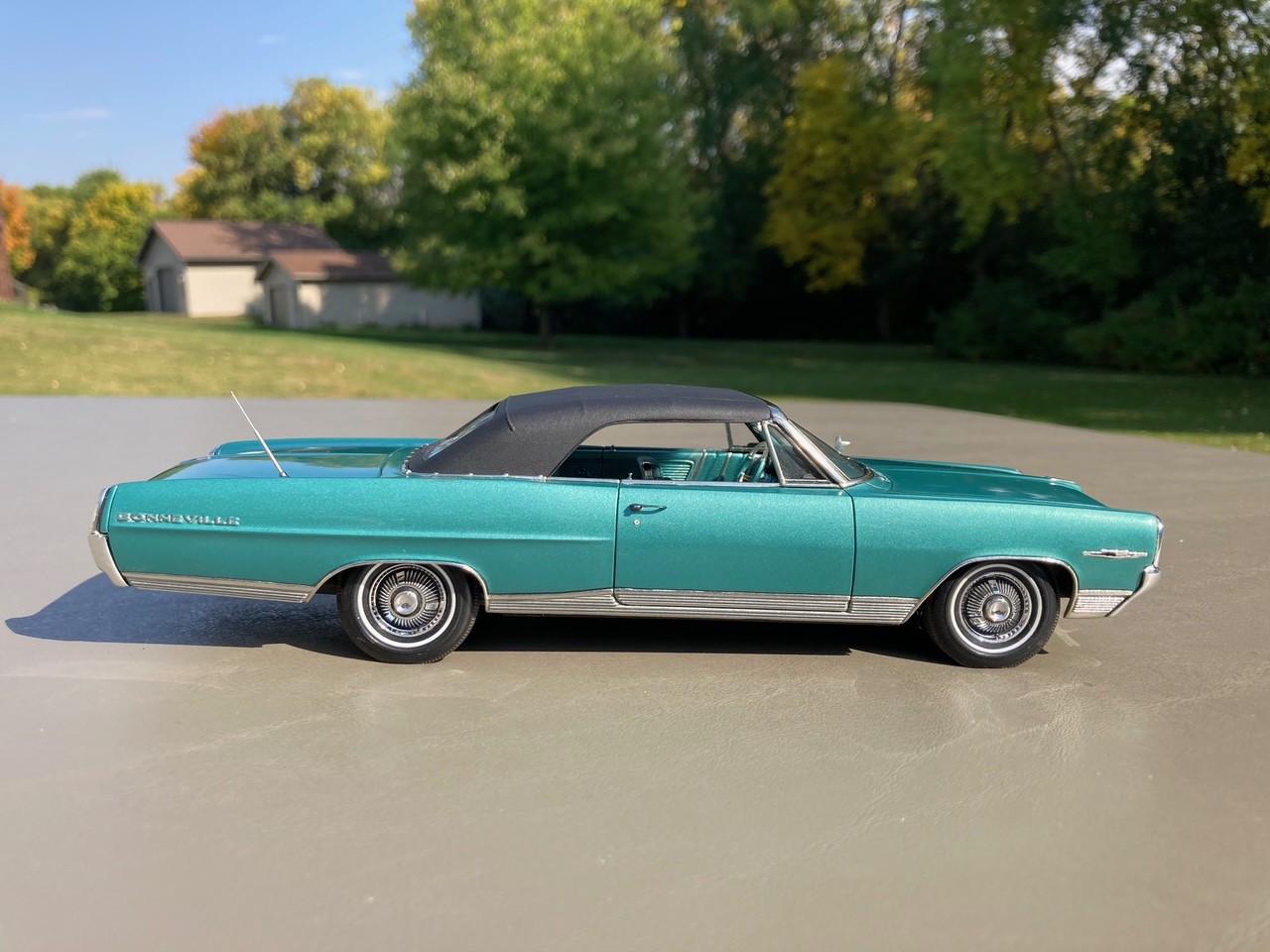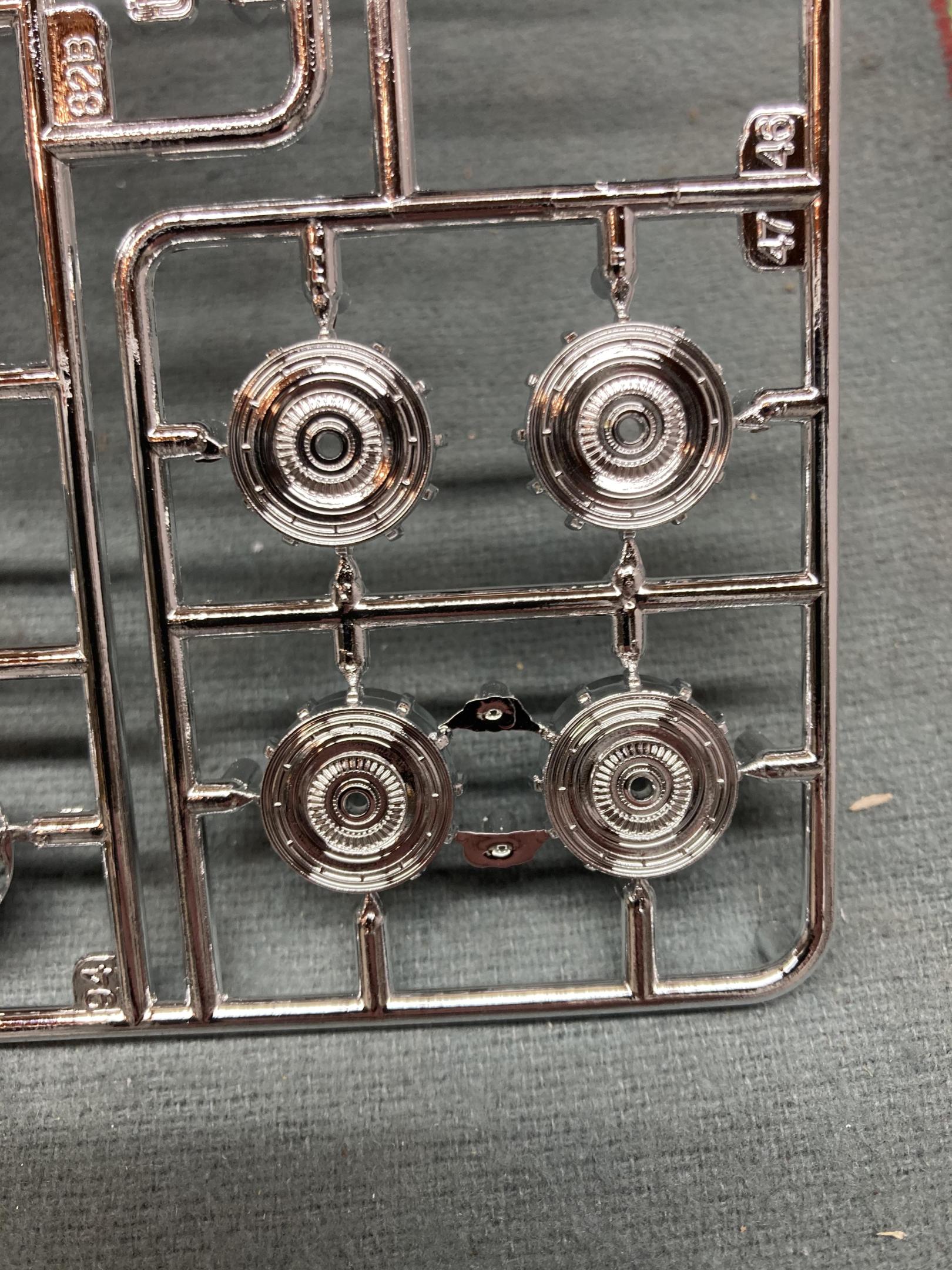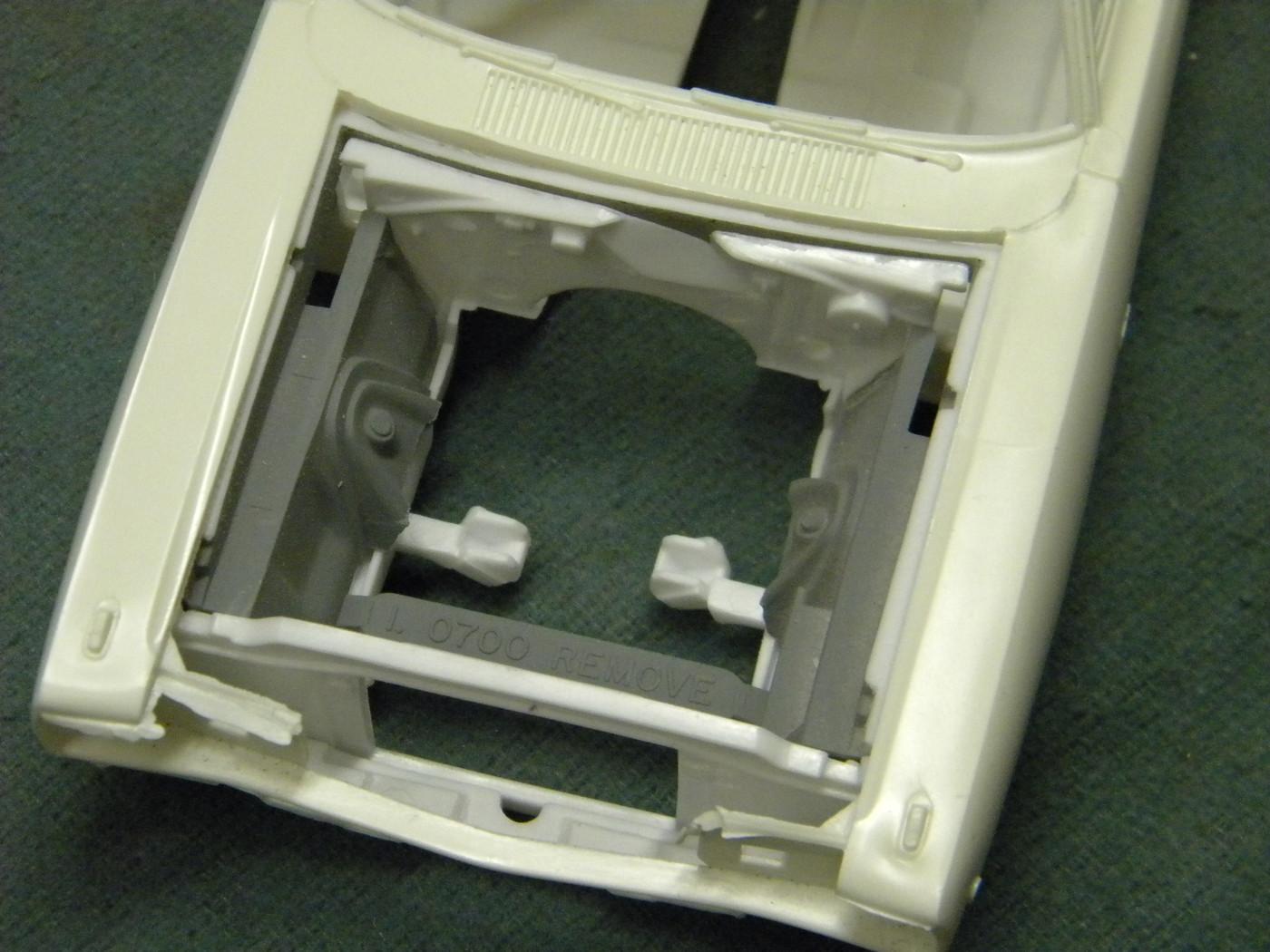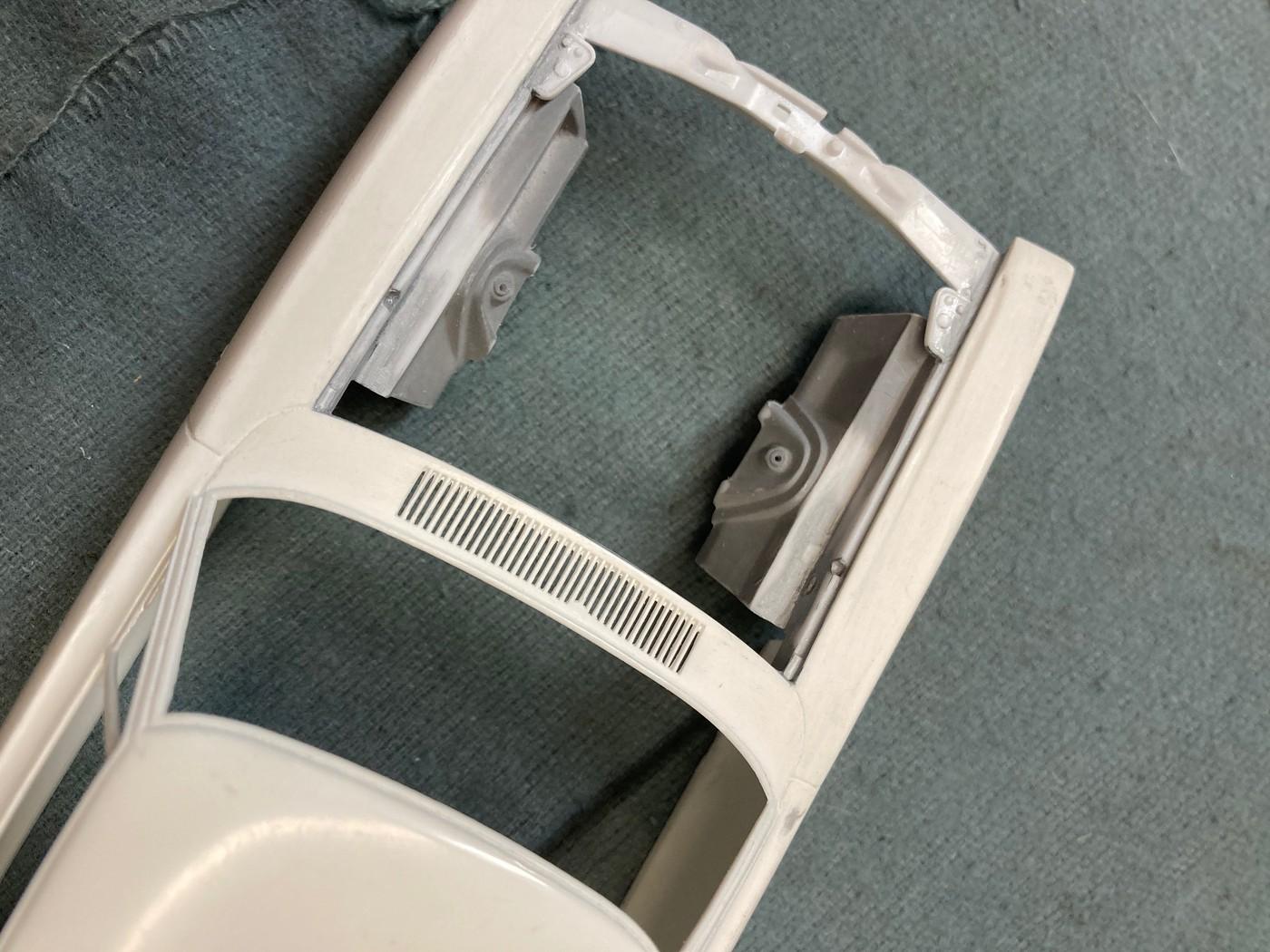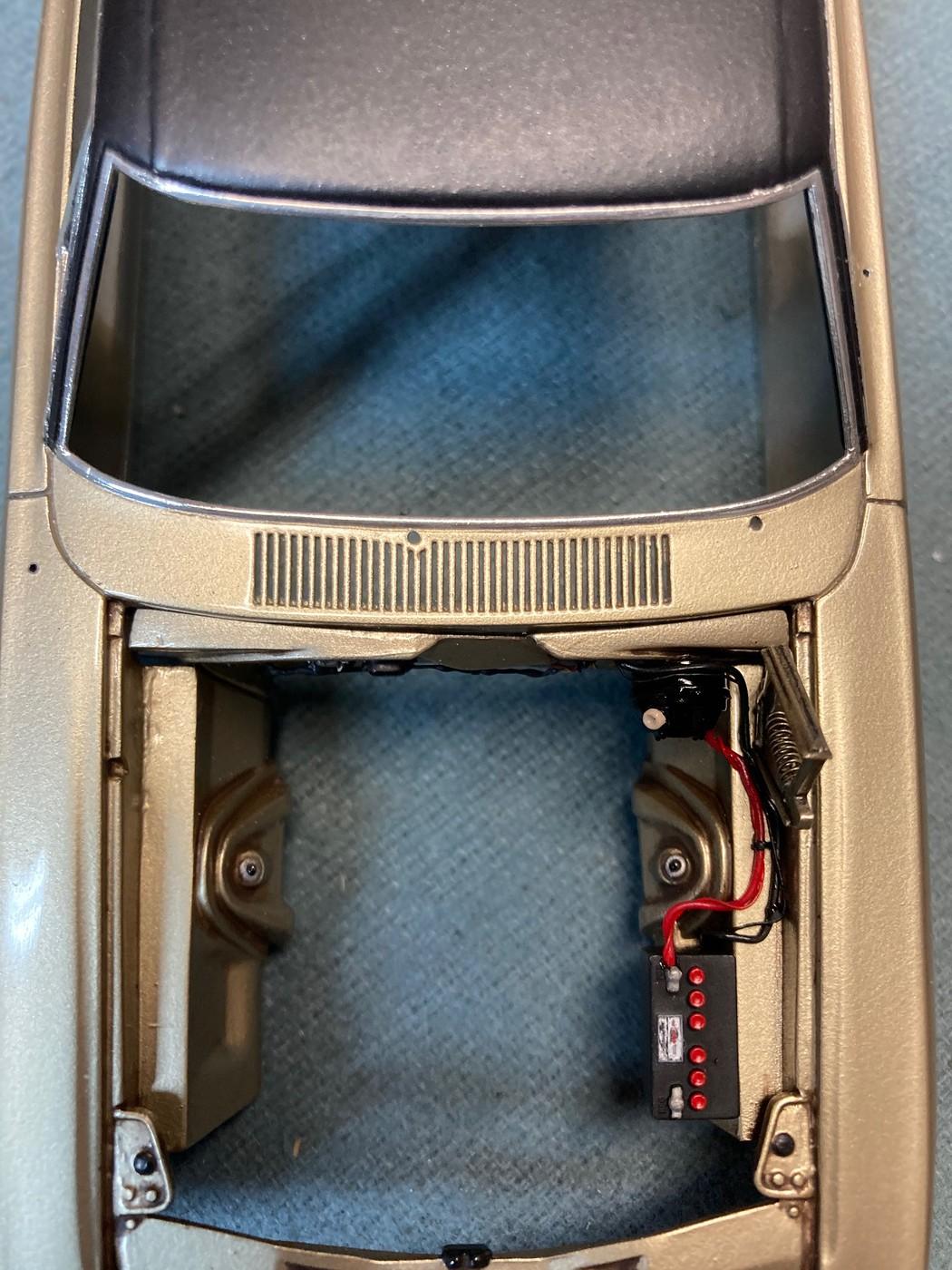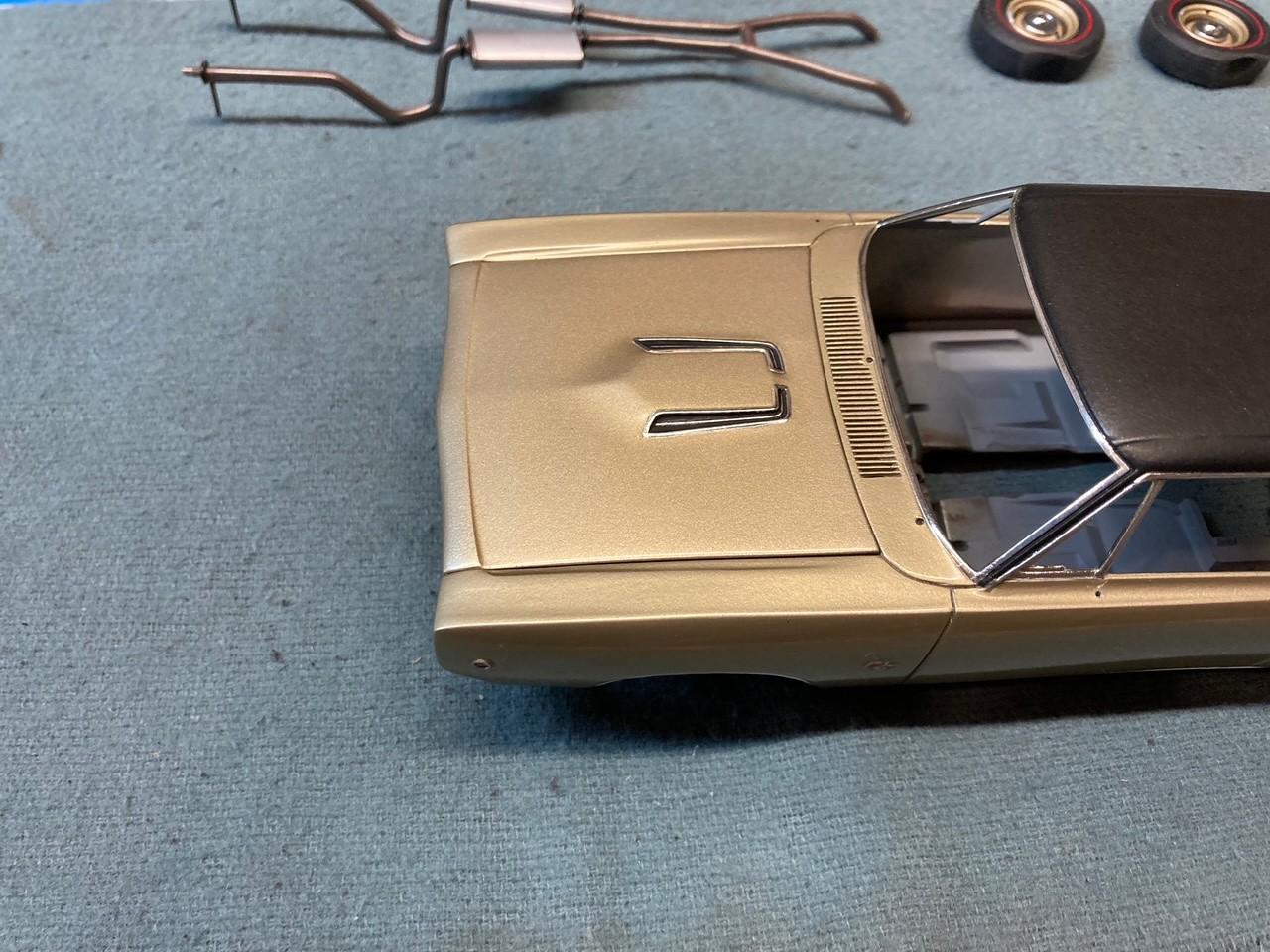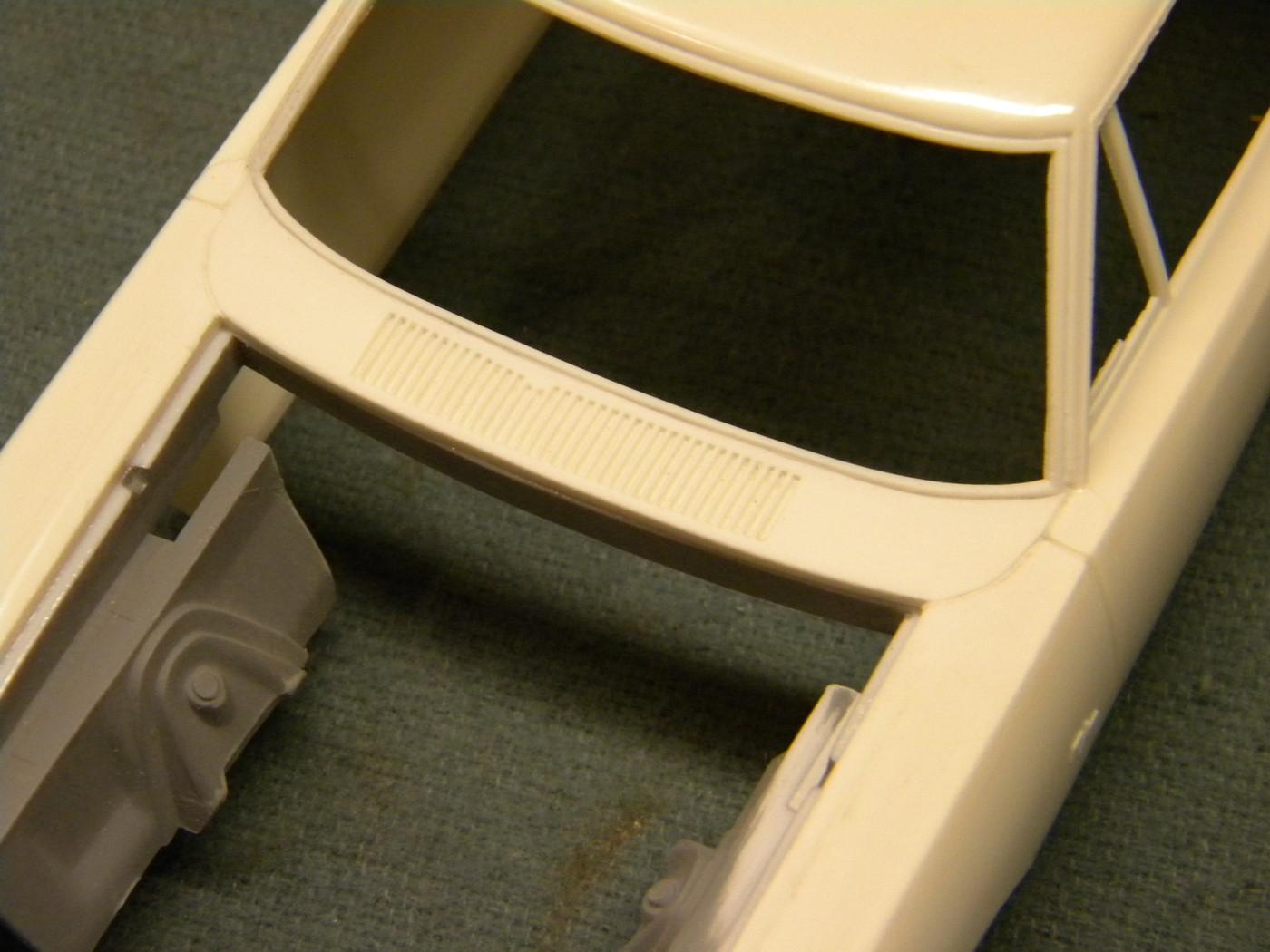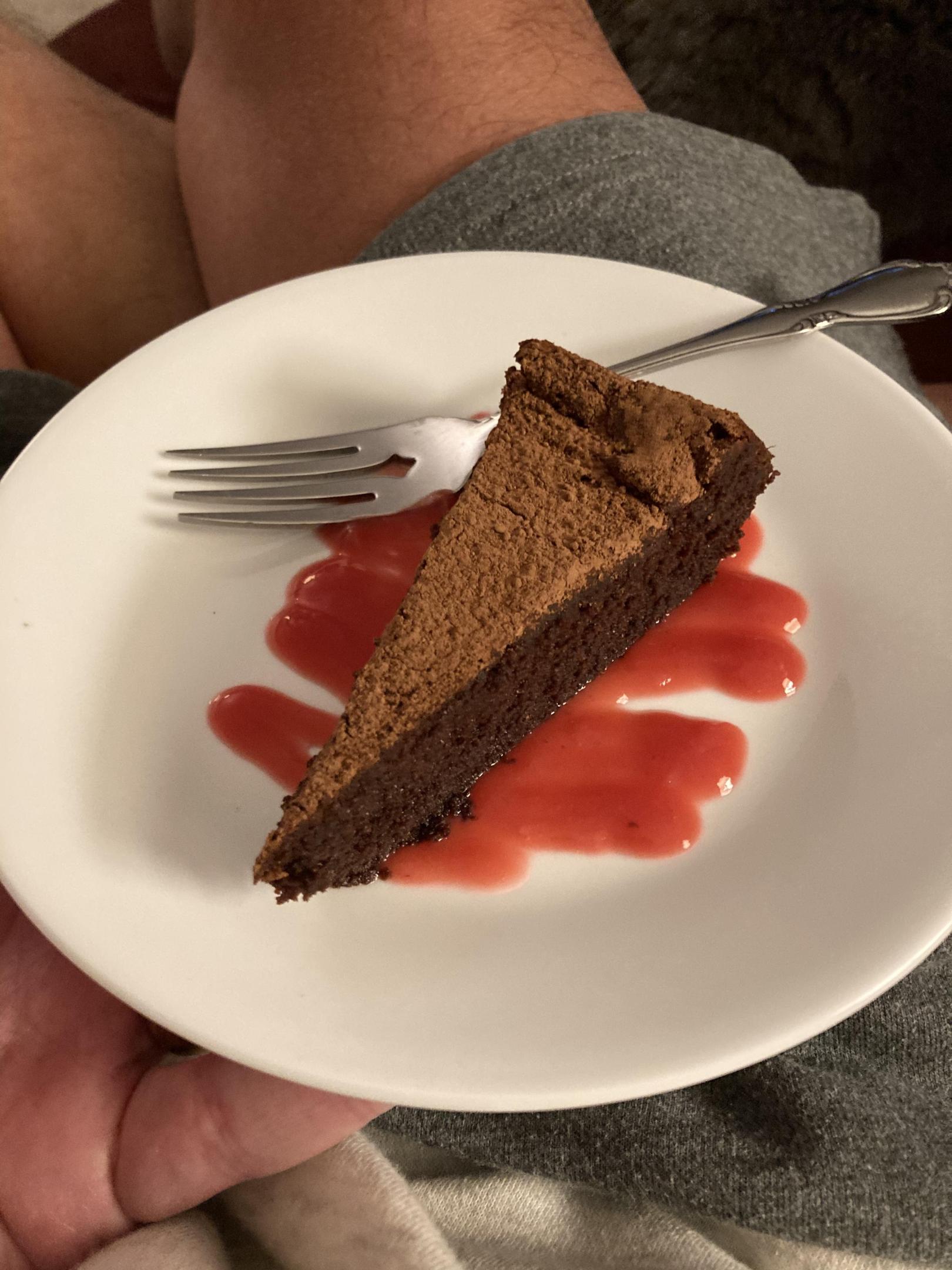-
Posts
15,071 -
Joined
-
Last visited
Content Type
Profiles
Forums
Events
Gallery
Everything posted by StevenGuthmiller
-

Moebius model in Purple Power
StevenGuthmiller replied to Brutalform's topic in Model Building Questions and Answers
Super Clean will work quite well with lacquer as well, as long as the primer used is affected by it. I’ve had very good luck stripping multiple coats of automotive lacquer color and clear with Duplicolor primer underneath. A good soak for a couple of days and it comes right off in sheets. Steve -

Moebius model in Purple Power
StevenGuthmiller replied to Brutalform's topic in Model Building Questions and Answers
I’ve heard that as well. I only remember using brake fluid once many years ago, and I wasn’t particularly impressed with it’s performance. Plus, I realized that disposing of it after it’s useful life was over was kind of a PITA. On the same note, I’ve also had concerns about IPA drying out the plastic and making it brittle. I have little experience with that claim though as I’ve only used alcohol on a limited basis as well. (also with very limited success) Steve -

Moebius model in Purple Power
StevenGuthmiller replied to Brutalform's topic in Model Building Questions and Answers
That sounds suspect to me. If Moebius uses polystyrene plastic for their models, as I would certainly think that they would, Purple Power should have no adverse affect on it. By the way, I would suggest graduating to Super Clean. It works much better for stripping paint than Purple Power. Steve -
Fantastic news! Guess I better start paying more attention to Spotlight Hobbies! ? Steve
-
I think everyone understands that for modeling purposes, what we call chrome is in fact vacuum metalization. I think the huge majority of modelers have called vacuum metalized parts contained in model kits “chrome trees” since time and memorial. All entities offering “chrome re-plating” services for the hobby in the past have all used the vacuum metalization process. I doubt that there’s any confusion about that. Steve
-
Also the first I’ve heard. Hopefully not just another rumor. Steve
-
And it’s not just the “look” of the chrome that’s in question. For me, it’s all about durability. If someone produced a chrome paint that approached the same reflectivity of chrome, as well as something close to the same durability, I’d be on board. To this point, there’s nothing that comes close. Steve
-
That would be quite the revelation if true! They could corner the market in an instant. Zero competition! I hope that they plan accordingly for the inevitable heavy load that they’re likely to receive. I know that I will undoubtedly use their service should it materialize. I have zero interest in all of the chrome paint incarnations of the past few years. Chrome all the way baby! Steve
-

Minor inconvenience or major issue?
StevenGuthmiller replied to johnyrotten's topic in Model Building Questions and Answers
Since Fireball began producing these, and I discovered that they were available, I use them on every project that uses this style of door handles. The scale seems to be perfect, and they look so much better than the vast majority of separate handles included in most modern kits. They carry GM style, Mopar and Ford, and even GM style truck handles, and they are designed to be used for 1/25th and 1/24th scale. Steve -

Minor inconvenience or major issue?
StevenGuthmiller replied to johnyrotten's topic in Model Building Questions and Answers
Just shave them off, sand smooth, and order some from Fireball Modelworks. They’re not expensive, and a lot easier to deal with than drilling them out. Steve -

AMT ‘69 Corvair interior
StevenGuthmiller replied to NOBLNG's topic in Model Building Questions and Answers
Looks considerably better just by adding some primer. Nice work Greg! Steve -

AMT ‘69 Corvair interior
StevenGuthmiller replied to NOBLNG's topic in Model Building Questions and Answers
Looks way better! In this circumstance, I think I'd re-scribe all of the panels and seats. Seems as if all of the detail is extremely faint. Steve -
That’s the problem. It’s generally not too difficult to preserve the window frame, but depending on the design of the cowl vents, it can be very difficult. I don’t build drag cars, so I usually leave the molded in wipers and just try to detail them to the best of my abilities, but I have removed them on occasion and replaced them, as well as opened up the cowl vents if possible to add even a little more realism. It worked quite well on my ‘68 Coronet, but there have been others that I won’t even try. Steve
-

AMT ‘69 Corvair interior
StevenGuthmiller replied to NOBLNG's topic in Model Building Questions and Answers
Looks like you’re on the right track! Steve -

What Did You Have for Dinner?
StevenGuthmiller replied to StevenGuthmiller's topic in The Off-Topic Lounge
-

What Did You Have for Dinner?
StevenGuthmiller replied to StevenGuthmiller's topic in The Off-Topic Lounge
I usually have a bunch of work colleagues over for a meal about once a year, but this year I decided to simplify things and forgo the usual "sit down" affair and do a wine and cheese thing. About a dozen people showed up, and we offered them a fair spread. I believe everyone had a good time. Steve -

AMT ‘69 Corvair interior
StevenGuthmiller replied to NOBLNG's topic in Model Building Questions and Answers
Love it! I'll be following along. Steve -
I don’t recall anyone in this discussion stating that Gundam modeling is not “real modeling”, and I agree that model building can encompass just about any subject that you can imagine. When I brought up the idea of “real”, I was merely referring to things that have actually existed in the real world, whether that be a car, a plane, a tank, a building, or whatever. Modelers generally strive for realism in whatever their particular genre may be, and that’s possible through reference to actual items that they see in real life. whether a builder is building a factory stock or an all out custom vehicle, they’re still using references that they have gained through observations of things that they have seen in actuality. With a Gundam subject, there is no reference to reality other than what someone has dreamed up in their imagination. Is there anything wrong with that? Of course not. But it seems to me to be an entirely different concept than trying to “replicate” something that has a basis in reality and has to follow certain parameters in order to be considered a “scale model” of a subject that truly exists. That’s all that I’m saying. Steve
-
That’s understandable. Just as there are probably vastly more model car builders that don’t do shows than those that do, I would imagine that the same sort of ratios would apply to Gundam as well. My only point is that if the ratio is any where near similar to other genres, you would certainly think that you would see many more examples at shows with such a seemingly fast growing segment of the hobby. Steve


